The ultimate food tour of Greece’s Peloponnese: Best restaurants, traditional dishes and rural gastronomy
If eating and drinking your way around a region is your preferred method of exploration, a foodie odyssey on Greece’s southern peninsula could be just the ticket. Clare Hargreaves gets to know the destination through her tastebuds

Don’t expect Michelin stars or “exotic” ingredients or recipes – the majority of restaurants on Greece’s Peloponnese peninsula are family affairs serving traditional dishes using home-grown produce. But there’s a lot more on the menu beyond lamb chops and moussaka to discover on a foodie odyssey. Crispy pork, homemade egg pasta, and freshly foraged herbs and greens are just some of the gastronomic gems. The restaurants’ settings, often in ancient village squares under the plane trees, add to the flavour.
Here are the absolute must-eat places to prioritise on a foodie trip to this spectacular region in southern Greece.
Read more on Greece travel:
O Thiasos, Kalamata
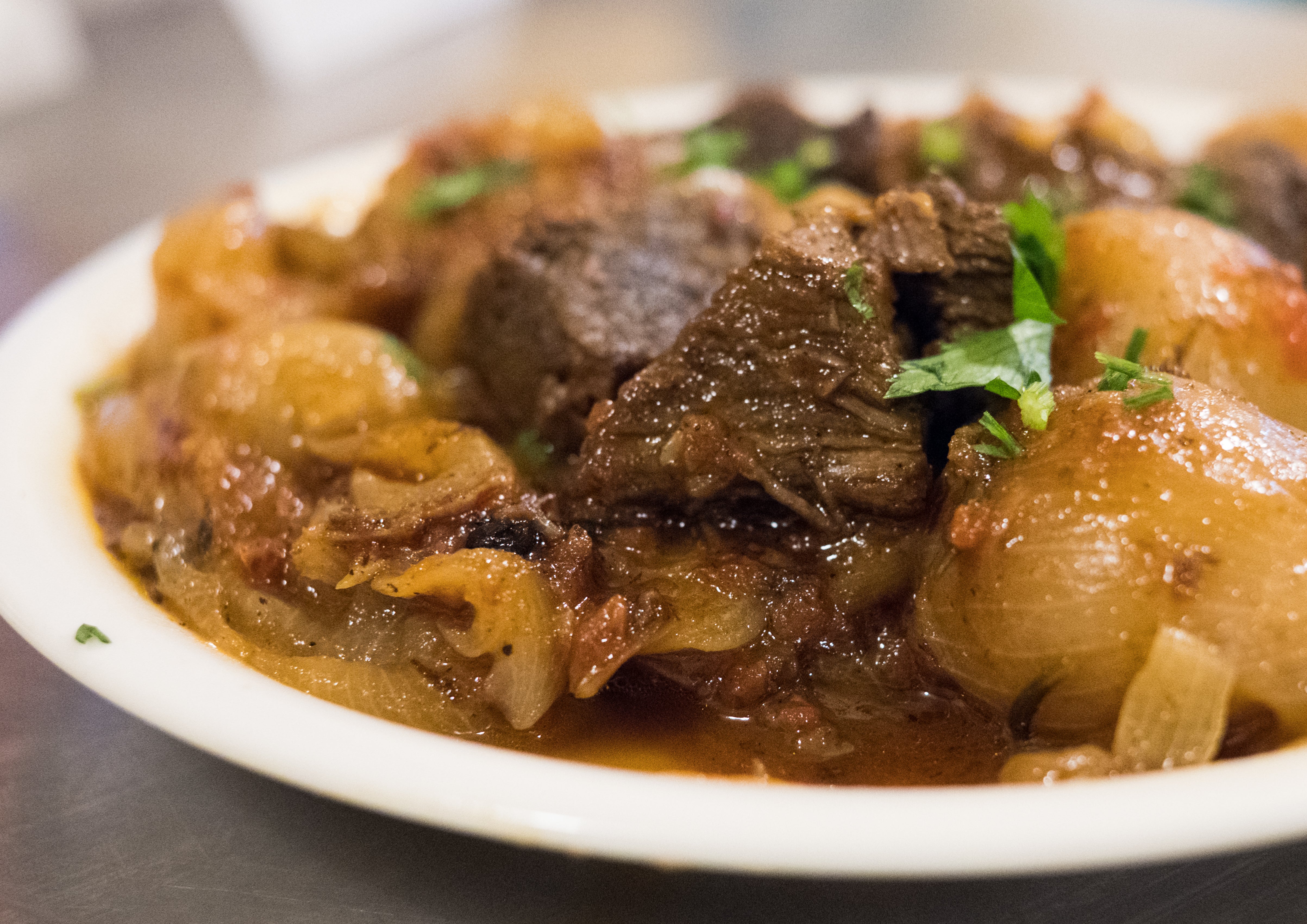
It might sound surprising, but Peloponnesians adore their pork – perhaps a hangover from the Ottoman occupation when locals knew that if they reared pigs their Muslim rulers wouldn’t interfere. The star act at this lively restaurant under the plane trees near Kalamata’s cathedral is roast suckling pig, gournopoula, with crackling just the right level of crunchy. In autumn it’s served with local quinces. Follow it with moustalevria, a jelly made from grape must (freshly crushed fruit juice). Genial chef-owners Vasilis and Kostas are guided by the seasons as many of the vegetables come from Kostas’ farm. Apart from roast pork, must-trys include fava (yellow split pea puree), black-eyed beans with spinach and meat pie made from wholewheat pastry.
Matoula, Monemvasia
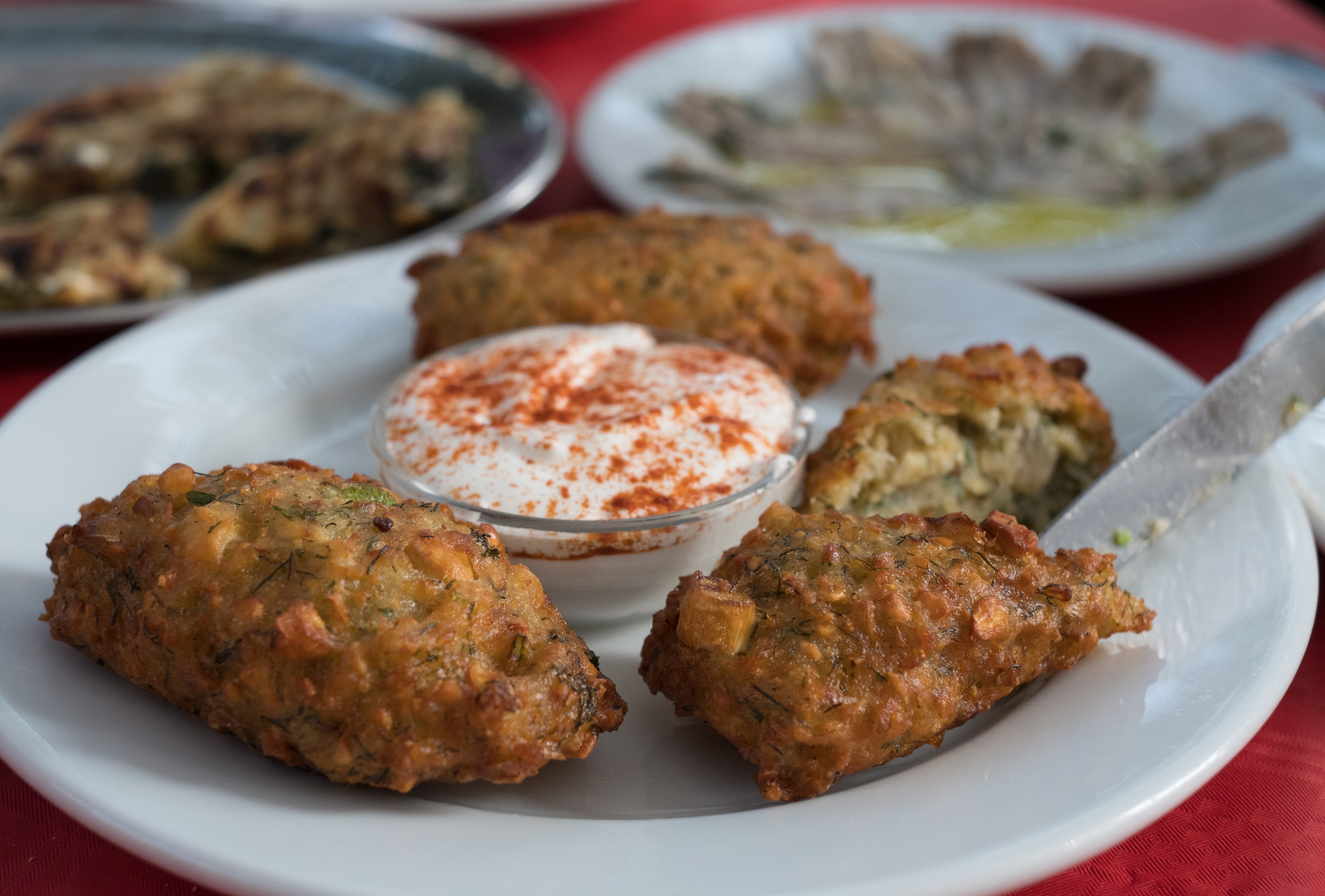
Monemvasia, a mighty rock off the Peloponnese’s southeast coast, is Greece’s Gibraltar and, with its ancient churches, castles and cobbled streets, oozes history. Often in such places, it can be hard to find genuine local food. But Matoula, right on the city walls of the Lower Town, is a delicious exception. Sit in its vine-draped garden overlooking the azure sea as you enjoy courgette patties, stuffed aubergines and pristine-fresh salads. Its speciality though is saithia (spinach wraps), which are sublime.
Sofos, Nemea
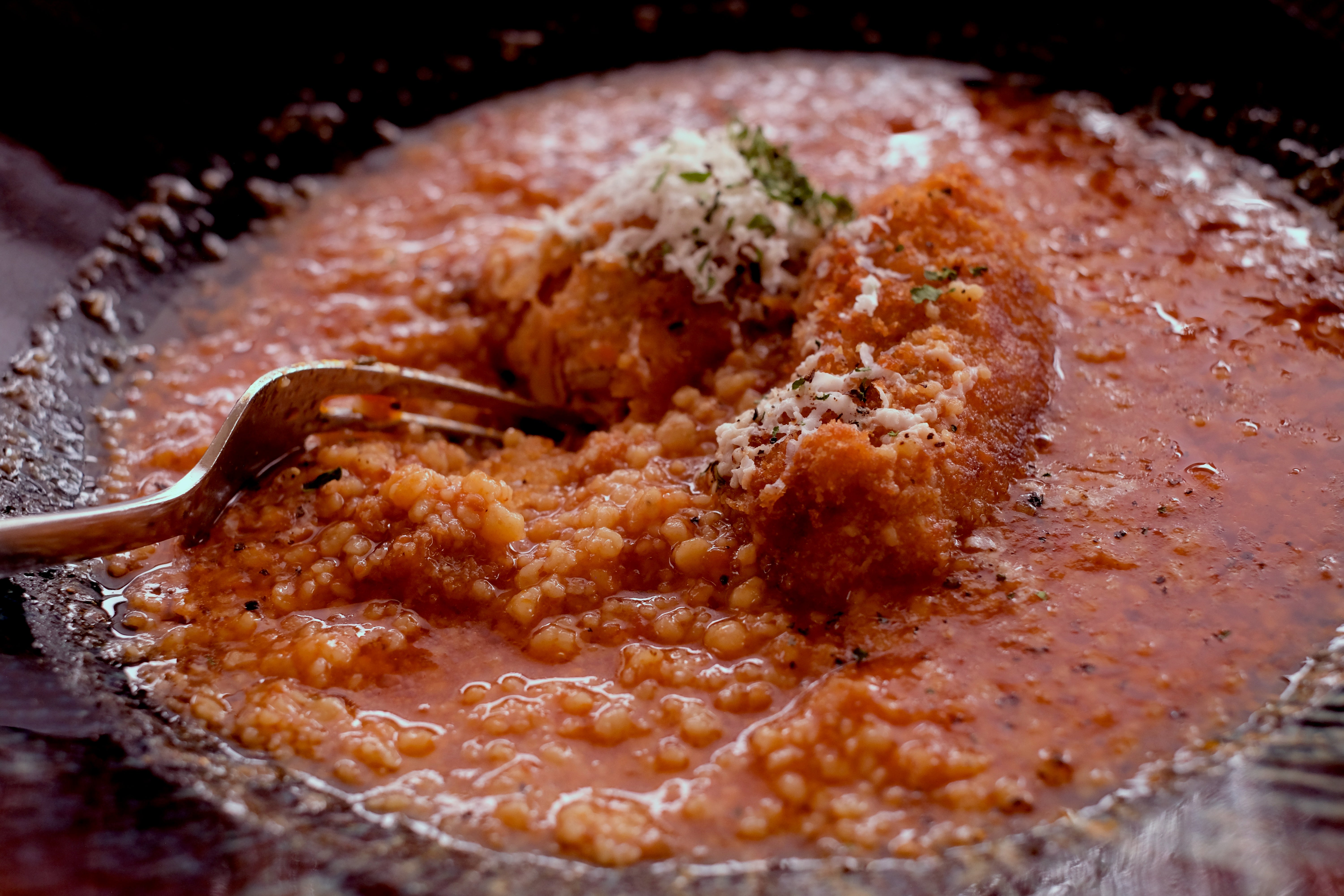
Located in a quiet, geranium-draped square overlooking the town, Sofos has been run by the same family since the 1950s. Dishes are a riff on traditional meals and served on eye-catching artisan pottery. In the Peloponnese, chicken is usually served with tomato sauce and hilopites (homemade egg pasta), but here the pasta is replaced by trahana, cracked wheat that’s soaked in soured milk then dried; it’s a storecupboard staple in all mountain villages. Also try the kayianas, eggs scrambled with grated tomato and feta, and the greens stewed with dill and feta. Thanks to the restaurant’s location among the vineyards, there are plenty of wines to choose from (made from the ayiorgitiko grape), and a nice finishing touch to lunch was a panna cotta served with grape syrup. One of the best meals of my tour.
facebook.com/sofosrestaurantnemea
Zerzova, Marcou, near Dimitsana
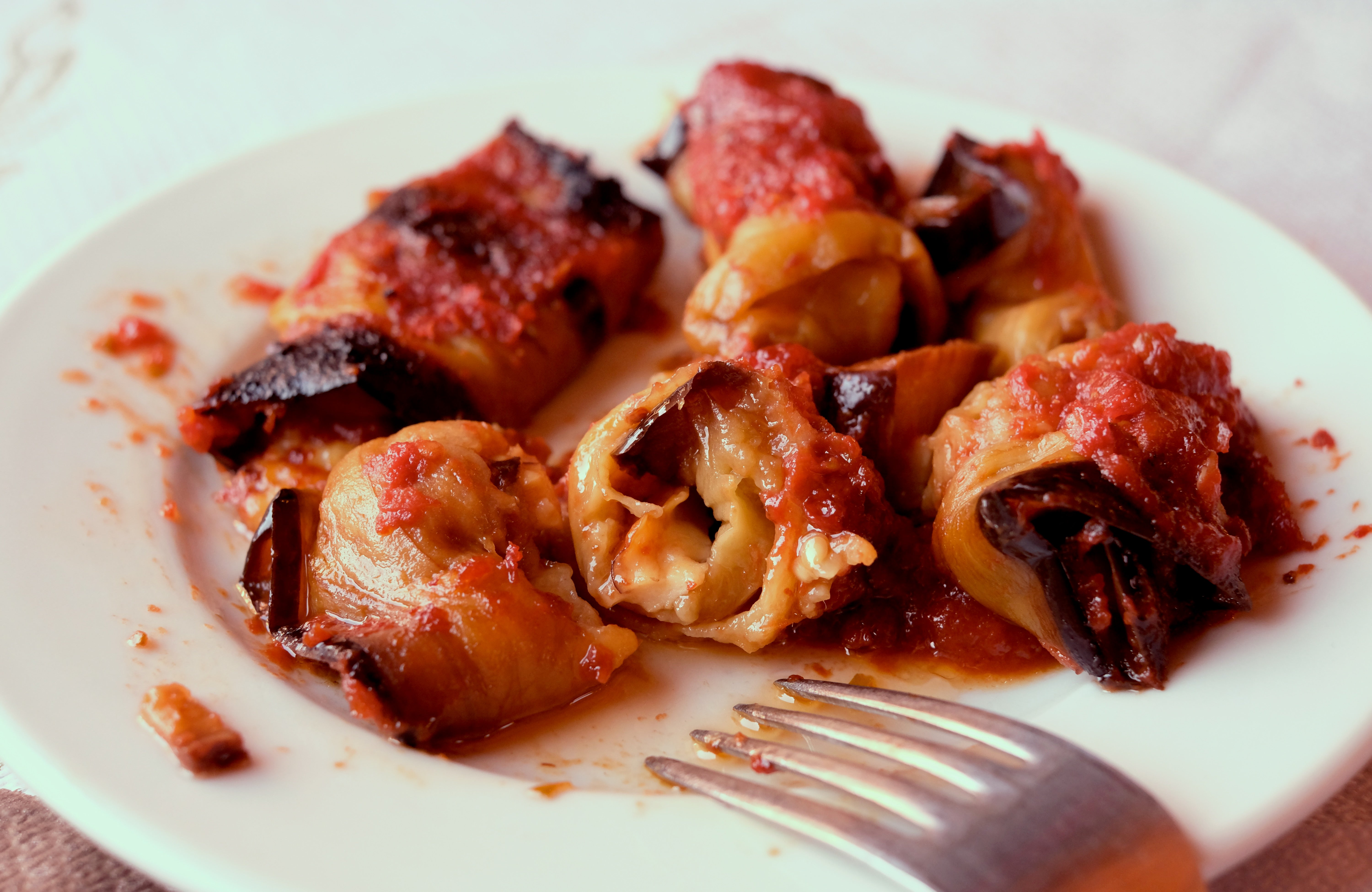
Its mountain location may be remote but this family-run farm-to-table restaurant has gained a keen following on account of its delicious home cooking using home-grown and local produce. In autumn, wild mushrooms (including boletus), foraged by owner Ioannis Angelakopoulos, appear on the menu. Look out too for wild boar in a cognac sauce. I enjoyed the aubergine rolls, stuffed with homemade feta, and lamb (from the family’s own flock) cooked in the oven with rosemary. As you feast, gaze at the restaurant’s vegetable plot below and the peaks of the Menalon massif all around.
Arcadiani, Psari, near Megalopolis
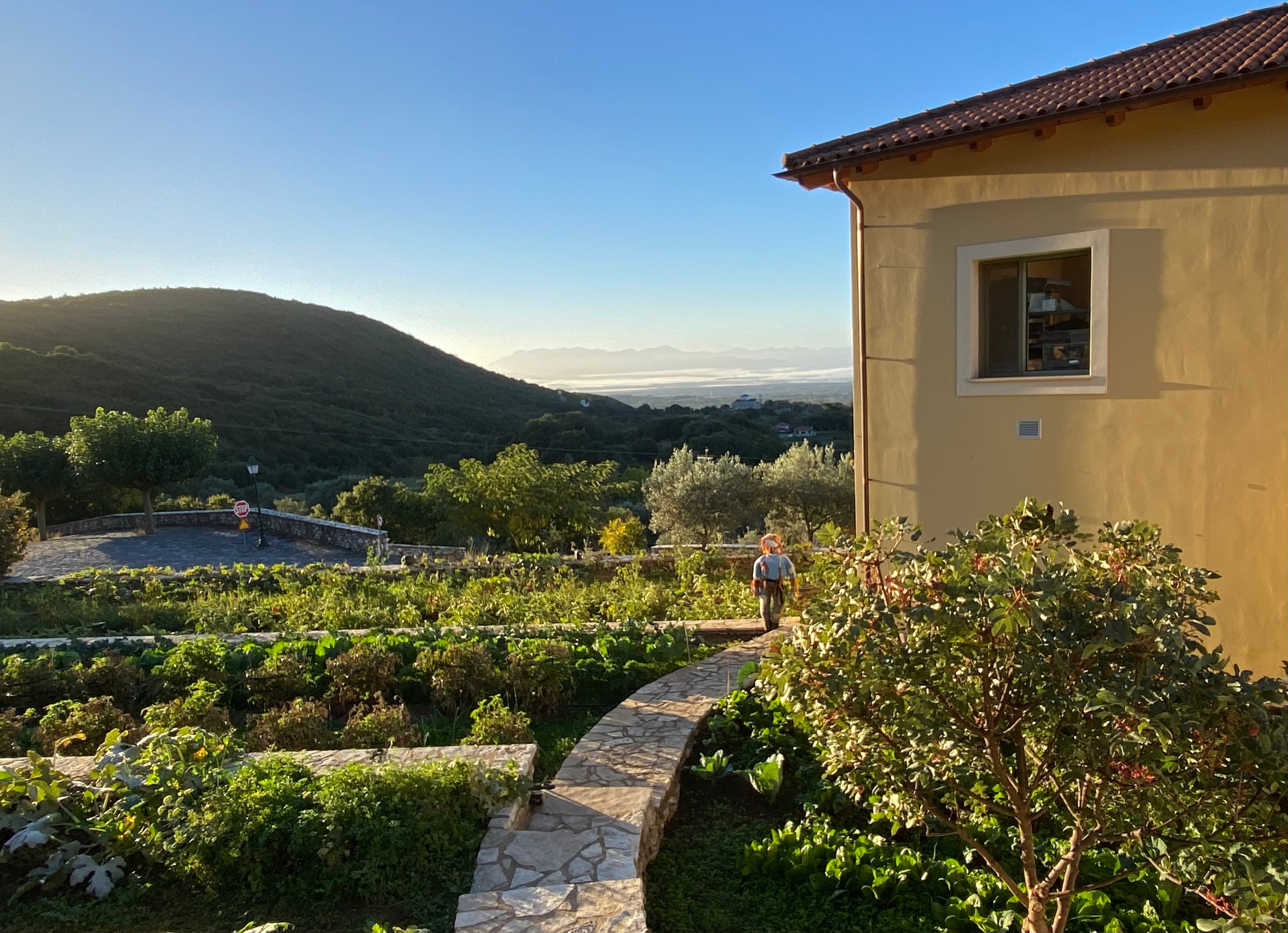
Based in the mountain hamlet of Psari, Arcadiani is a remarkable place, combining a cookery school, a deli selling homemade traditional products, a museum of cookery books and implements, and a farm-to-table restaurant serving produce from its two-and-a-half-hectare garden. The centre was built by a group of six locals after they realised there was an interest in Arcadia’s food roots. It started by producing trahana (cracked wheat) and traditional egg pasta, known as hilopites. Then people wanted to learn how to make it themselves. Book onto a course (I did festive bread-making), or drop by for a lunch of Braised rooster with homemade hilopites or beans with spinach.
Mama’s Flavours Kalamata Food Tour
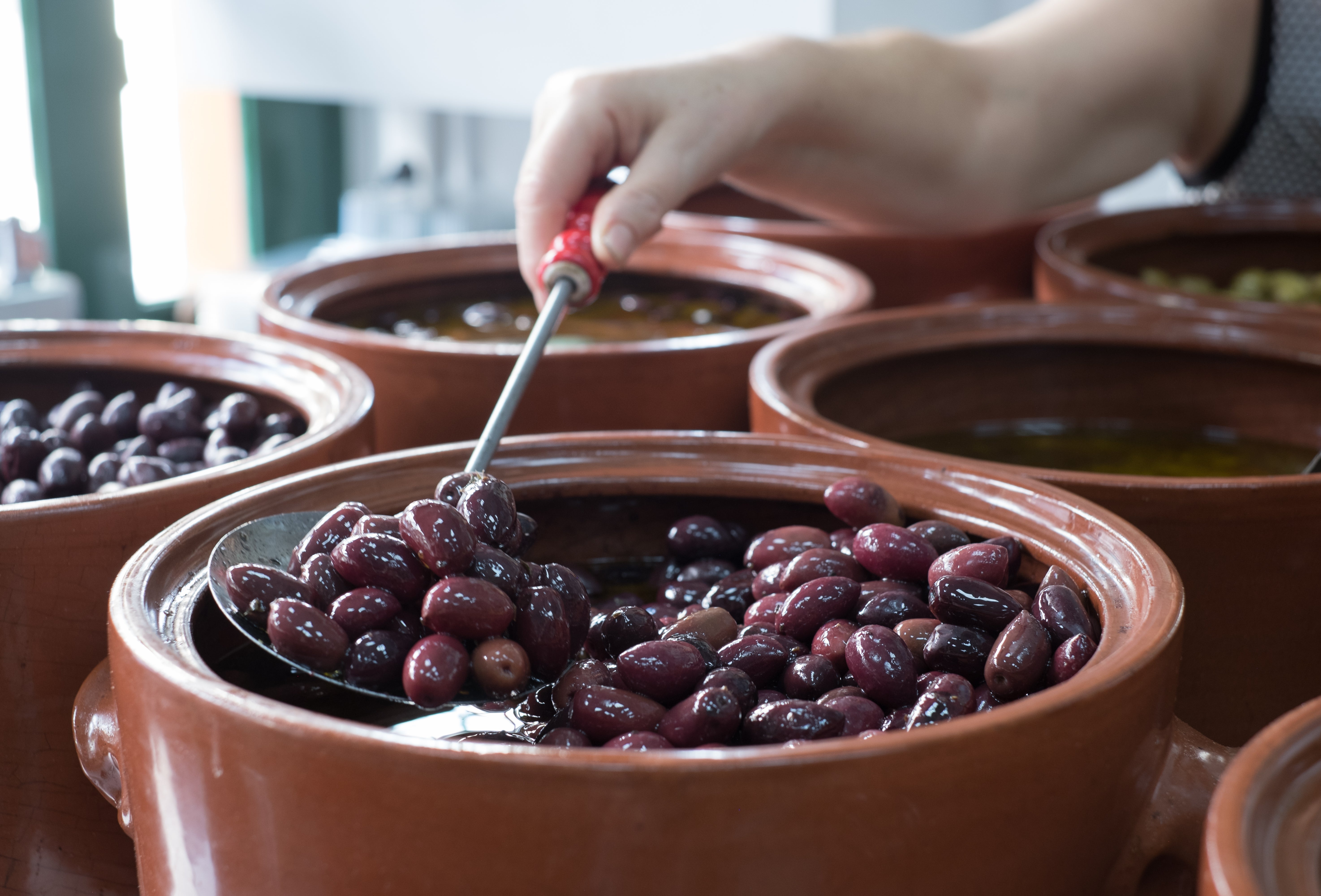
Getting under the skin of a place the size of the Peloponnesian coastal city of Kalamata can be tricky, so joining one of Maria Monastirioti’s food tours is a delicious short cut. Maria set up social enterprise Mama’s Flavours as a way of showcasing rural Greek gastronomy, using Greek women (or Mamas) as her ambassadors. She organises cookery classes and wine tastings in the region’s mountain villages and in Kalamata enables you to sample the city’s gastronomic specialities, from its famous black olives and oil to vanilla fir honey, harvested from the region’s pine forests; local sheep’s cheeses; and smoked confit pork. You pop into O Thiasos (see above) to sample its famous chickpea patties and end up at Aristoteleio for mezedes, which include Constantinople-inspired specialities such as hunkar begendi (sultan’s delight), spiced stewed beef with aubergine puree. After that you won’t need to eat for a week.
Arktos, Karytaina
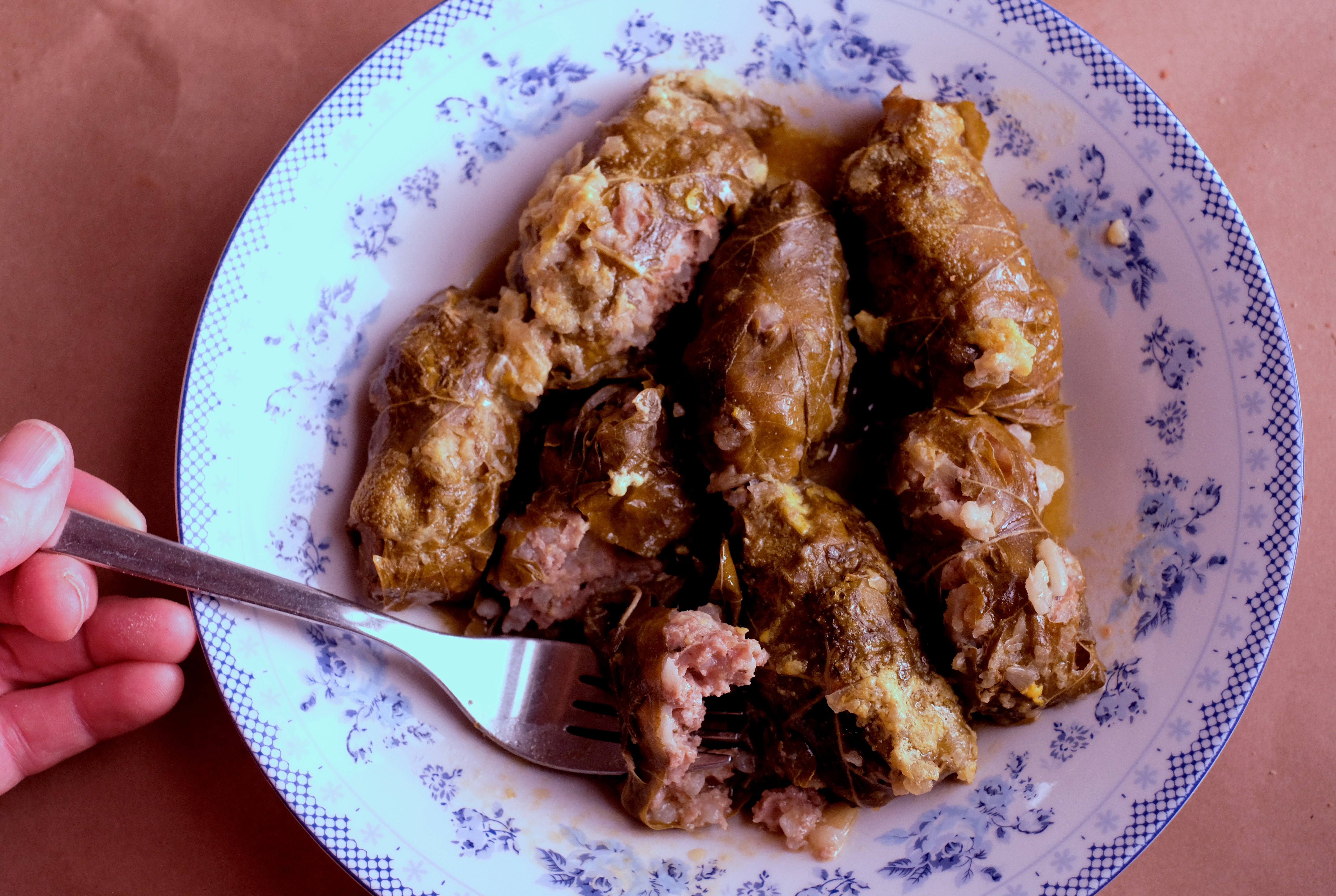
It’s worth coming here for the view alone. The village of Karytaina, nicknamed “the Toledo of Greece”, hugs a cone-shaped hill crowned by a dramatic 13th-century castle. Take it all in as you sample a slab of honey-drizzled walnut cake with a Kimbo espresso in the café, or tuck into roasted lamb and potatoes or beef-stuffed vine leaves at the restaurant next door. The two establishments are run by two young sisters, Joanna and Constantine Tagkalaki, who have turned two village houses into hubs of contemporary cool. Their parents own a farm so the lamb is home reared. The sisters make their own pasta too. A gem.
Read more on the best family holiday to Greece
Join our commenting forum
Join thought-provoking conversations, follow other Independent readers and see their replies
Comments
Bookmark popover
Removed from bookmarks